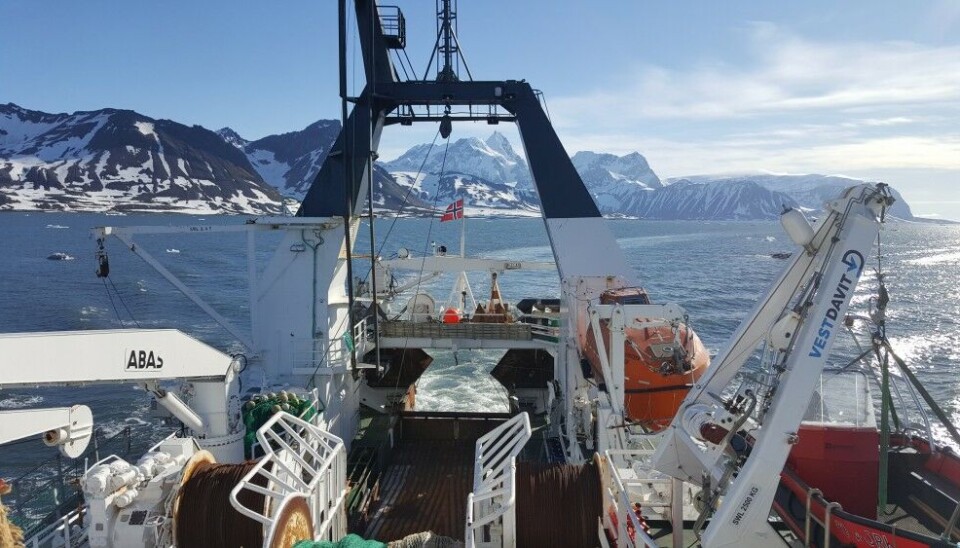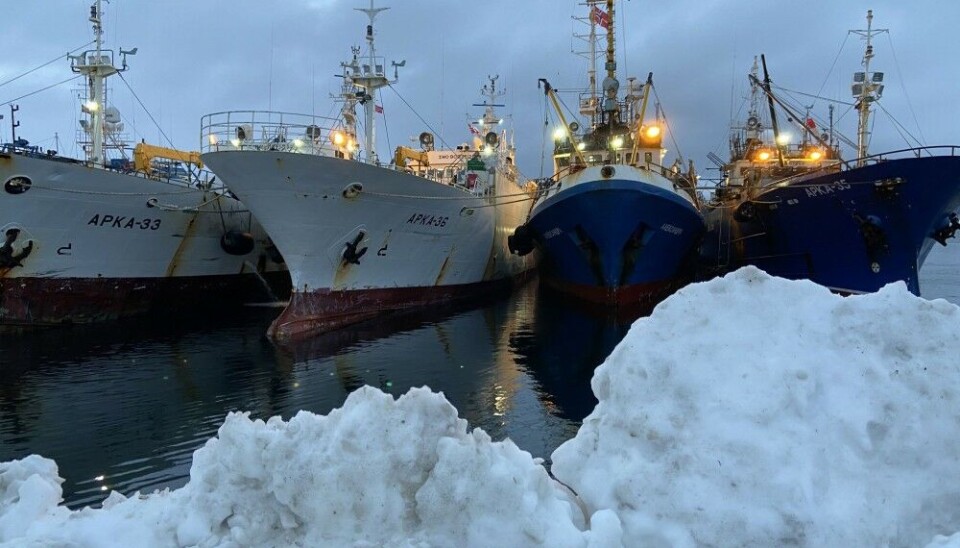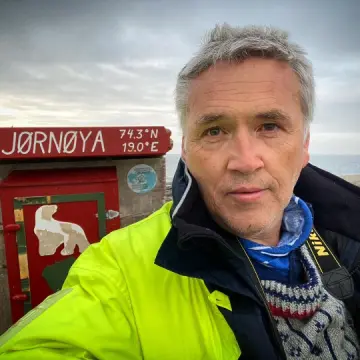Barents Sea

Cod quotas lowered for the fourth year in a row
Russia and Norway have reached a deal for the 2025 fish quotas in northern waters.
They do not meet in person and do not conduct joint research expeditions in the Barents Sea. However, a deal is announced for the quotas on how much each country’s fishermen can catch next year. The results of online negotiations and exchange of data are finally announced by the Norwegian-Russian Joint Fishery Commission.
Cod quotas in the Barents- and Norwegian Seas will total 340,000 tons, down 25% from 2024. This is the lowest quota for cod since 1991, according to the newspaper Kyst og Fjord.
The cod stock is under severe pressure. This year’s 453,000 tons was down 20% from 2023 quotas which again was down 20% from the agreed catch in 2022. The peak was in 2013 when fishermen were allowed to catch a million tons of cod in the Barents- and Norwegian Seas.
There are three parties to share the quotas, of which Norway and Russia take the biggest part. A smaller part is given to a few European Union countries and Iceland.
Norway’s share of the cod quota will be 163,436 tons, the Fishery Ministry in Oslo informs.
All back to 1976, the two countries’ Joint Fishery Commission has set quotas for Barents Sea fishing. Since 1993, the Commission has included exchange of catch data, inspections and other issues related to compliance control.
With the work and agreements in the joint commission, Norway and Russia have managed to keep the Barents Sea as one of the best sustainable fishing areas in the world’s oceans. The agreement has worked well also in times of tensions, like during the last Cold War and in the current troubled geopolitics caused by Russia’s war against Ukraine and threatening behaviour towards Europe.
“It is good that we have entered into a fisheries agreement with Russia, despite the fact that this year we are also in an extraordinary situation,” says Norway’s Minister of Fisheries and Oceans Marianne Sivertsen Næss in a press statement.
Her words are exactly the same as last year’s comment by then-Fishery Minister Cecile Myrseth when the fishery agreement was announced. For Norway, it is important to not rock the boat in times of troubled waters, but to stay calm and maintain stability.
The words from last year, repeated this year, continues:
"The agreement lays the foundation for long-term and sustainable marine management in the northern areas, and is crucial for us to be able to look after the cod population and the other species in the Barents Sea,” says Marianne Sivertsen Næss.

The agreed 2025 quotas also includes a haddock quota of 130,000 tons, down 11,000 tons from this year.
There will be no catch of capelin next year, the two countries agree.
Fishermen will get less halibut next year. Down from 21,250 tons in 2024 to 19,000 tons next year.
In autumn 2022, Norwegian authorities banned Russian-flagged fishing vessels from entering any ports except Tromsø, Båtsfjord and Kirkenes in the north.

















